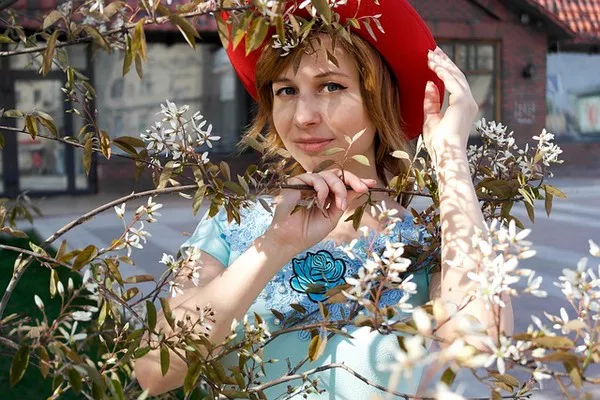Christmas, a season of joy, festivities, and giving, casts its enchanting spell on various industries, including the floral sector. As families and friends come together to celebrate this special occasion, the demand for flowers surges, creating a significant impact on the floral industry. In this article, we will explore how Christmas influences the floral market, from changing consumer preferences to the economic implications for florists.
Seasonal Shifts in Flower Preferences:
One of the most noticeable impacts of Christmas on the floral industry is the shift in consumer preferences when it comes to flower choices. While roses, lilies, and tulips remain perennial favorites, Christmas-specific blooms such as poinsettias, holly, and Christmas cacti witness a surge in popularity during this festive season.
Poinsettias, with their vibrant red and green foliage, are synonymous with Christmas and are prominently featured in homes and festive decorations. The demand for these iconic plants spikes during the holiday season, creating a lucrative market for florists who specialize in seasonal arrangements.
Festive Decor and Gift-Giving:
Christmas prompts a surge in demand for floral arrangements that serve both decorative and gifting purposes. From festive centerpieces adorning dining tables to elegant bouquets exchanged as gifts, flowers become an integral part of the holiday tradition. Florists capitalize on this trend by offering specialized Christmas-themed arrangements that cater to the aesthetic and cultural preferences of their clientele.
In addition to traditional bouquets, florists craft innovative designs, such as wreaths and garlands, to enhance the festive ambiance of homes and businesses. The demand for floral décor extends beyond individual consumers, as corporate clients seek elaborate arrangements to enhance their office spaces during the holiday season.
Economic Boost for Florists:
Christmas acts as a financial boon for florists, providing a significant source of revenue during a season that is marked by heightened consumer spending. The increased demand for flowers translates into higher sales volumes for florists, contributing to the economic vitality of the industry.
The pre-Christmas period sees a surge in foot traffic to flower shops and online floral retailers, as customers seek the perfect arrangements for their homes, parties, and gifts. This influx of business allows florists to expand their offerings, invest in marketing campaigns, and hire seasonal staff to meet the heightened demand.
Innovative Marketing Strategies:
In response to the Christmas rush, florists adopt innovative marketing strategies to stand out in a crowded market. Social media platforms become powerful tools for showcasing festive arrangements, sharing holiday-themed promotions, and engaging with customers. Online presence, including e-commerce platforms, allows florists to reach a broader audience, catering to both local and international customers who wish to send floral gifts during the holiday season.
Collaborations with other businesses, such as event planners, restaurants, and gift shops, create additional opportunities for florists to showcase their Christmas-themed creations. By strategically aligning with complementary businesses, florists can tap into new customer bases and enhance their visibility during the festive period.
See Also: How Do You Send Flowers To Someone?
Sustainability and Eco-Friendly Practices:
In recent years, there has been a growing emphasis on sustainability and eco-friendly practices within the floral industry. Christmas, with its focus on goodwill and environmental consciousness, has influenced consumers to seek responsibly sourced and eco-friendly floral options.
Florists are responding to this shift by incorporating sustainable practices into their operations. From using recyclable packaging materials to sourcing flowers from environmentally conscious growers, the industry is adapting to meet the changing expectations of environmentally conscious consumers during the Christmas season.
Conclusion:
In conclusion, Christmas exerts a profound influence on the floral industry, shaping consumer preferences, driving economic growth, and fostering innovation. Florists play a pivotal role in bringing the spirit of Christmas to life through their artful arrangements, contributing to the joy and festivity that defines this special time of year. As the floral industry continues to evolve, the impact of Christmas remains a perennial force that drives creativity, economic prosperity, and the enduring beauty of floral expressions during the holiday season.


